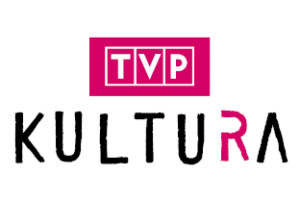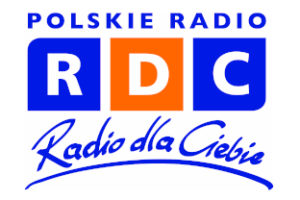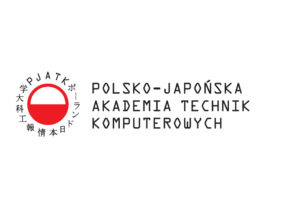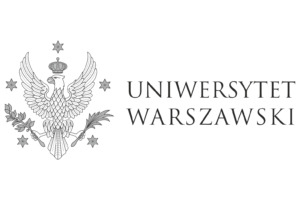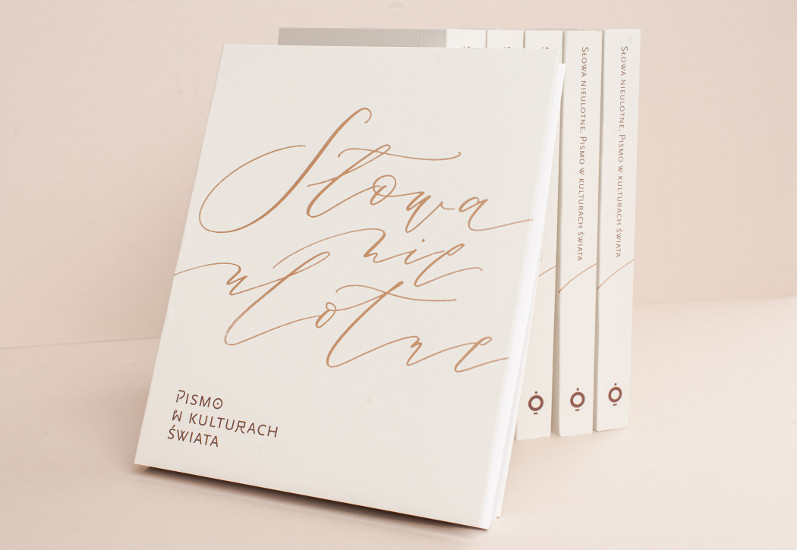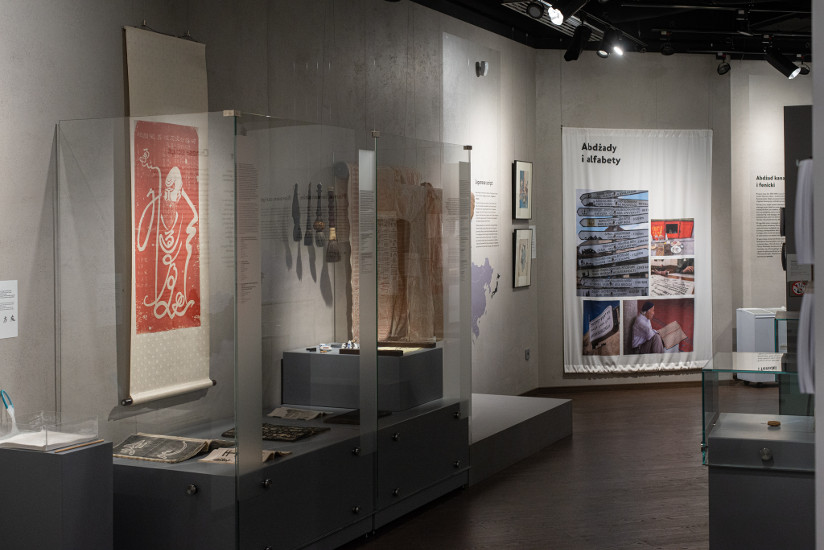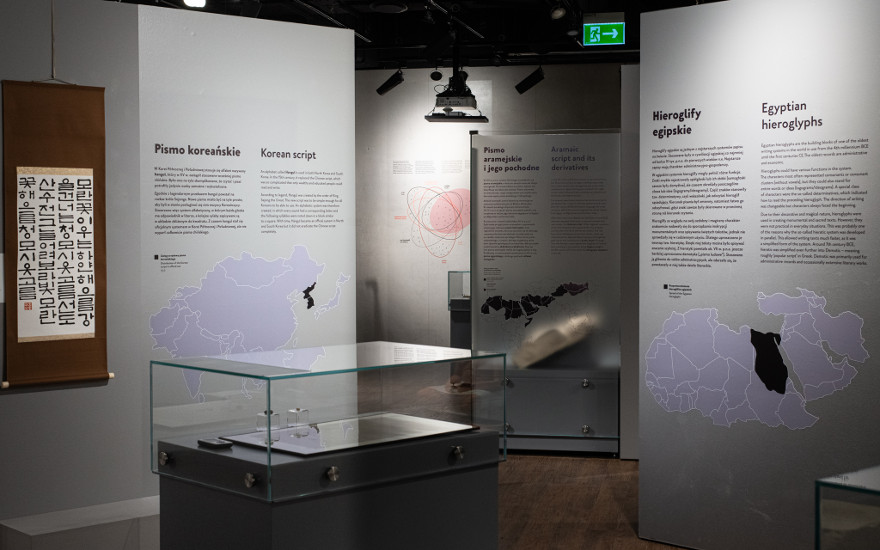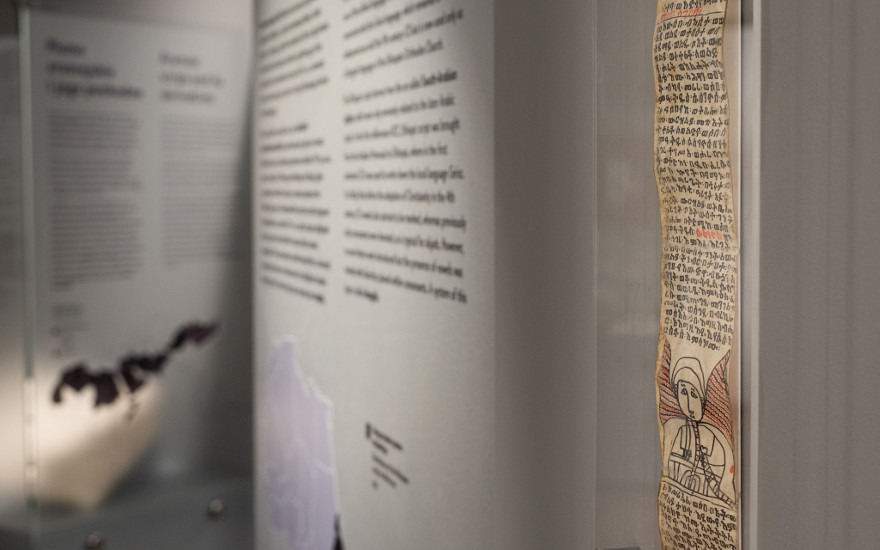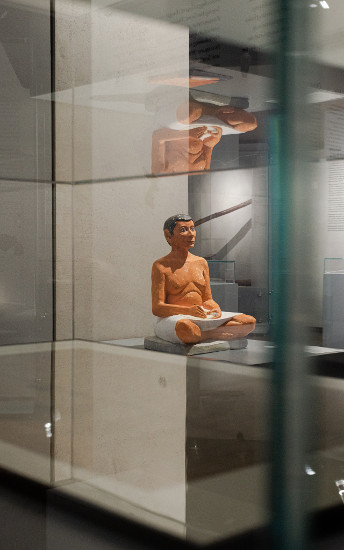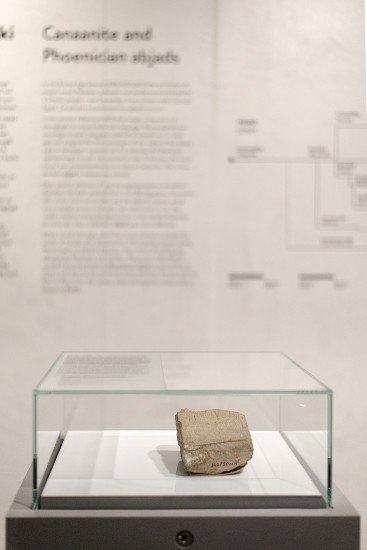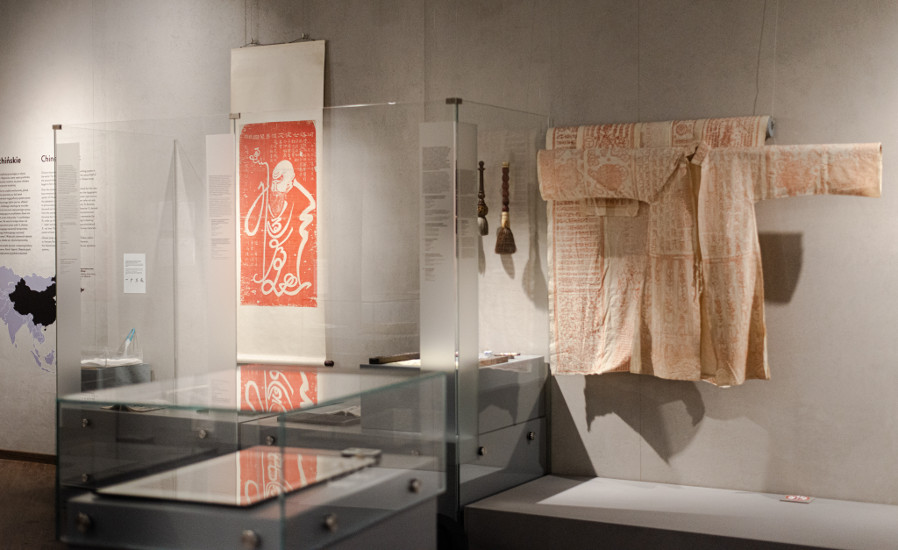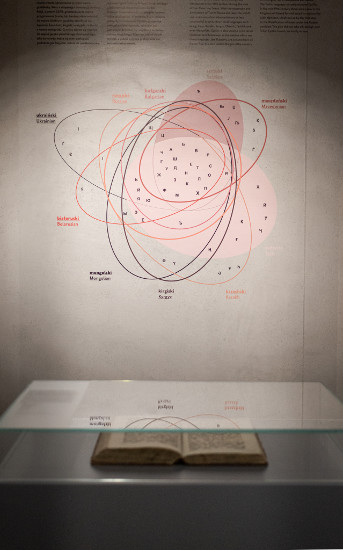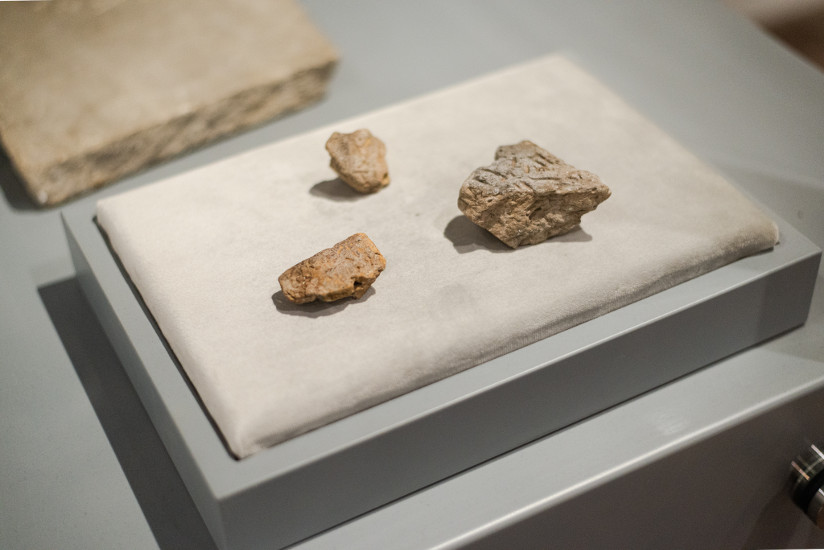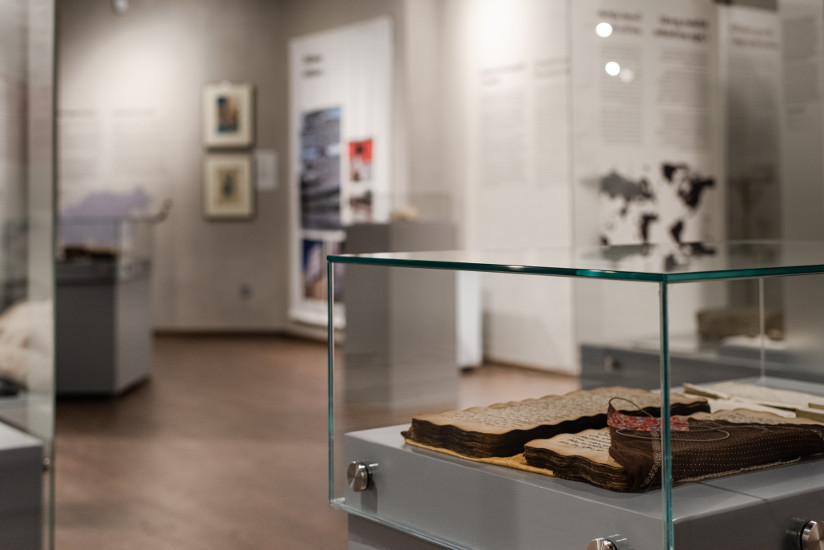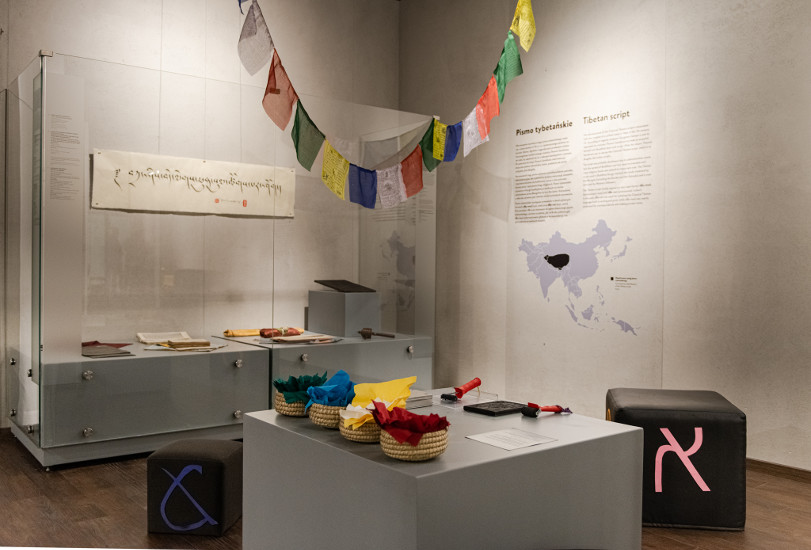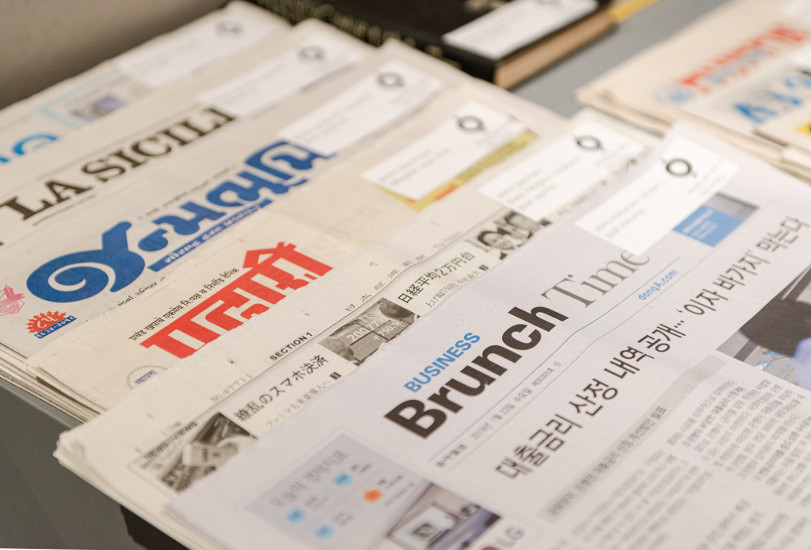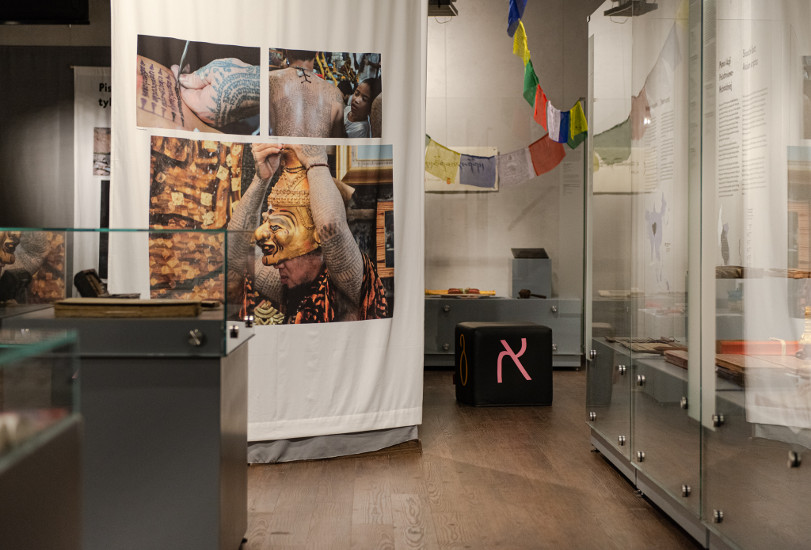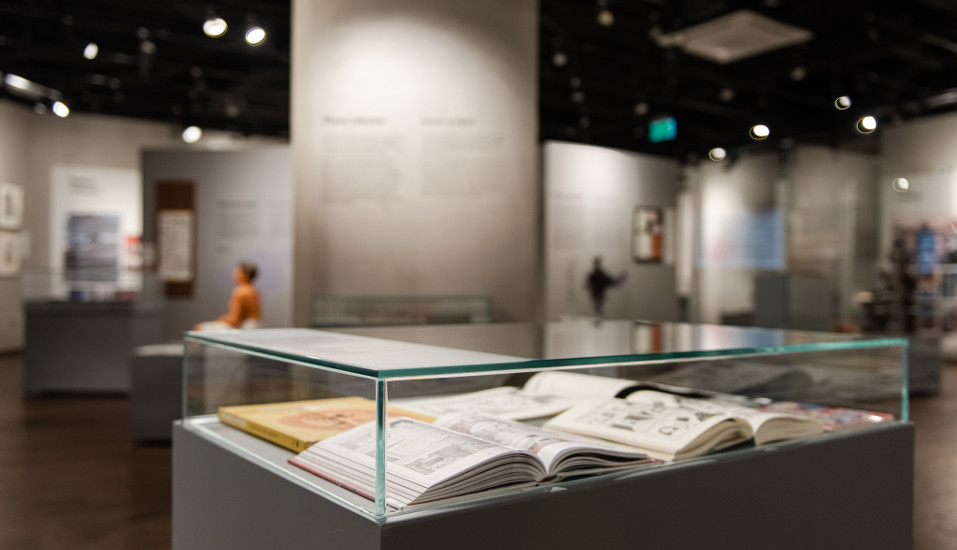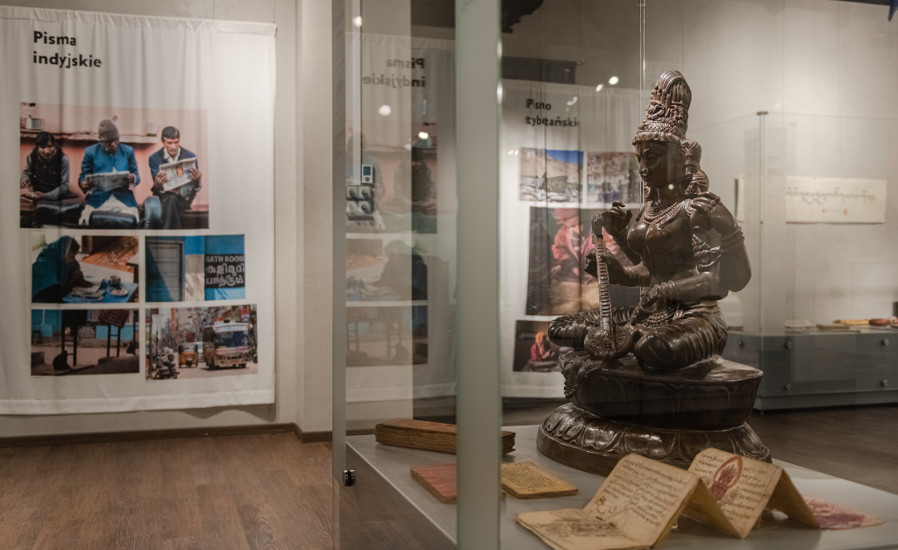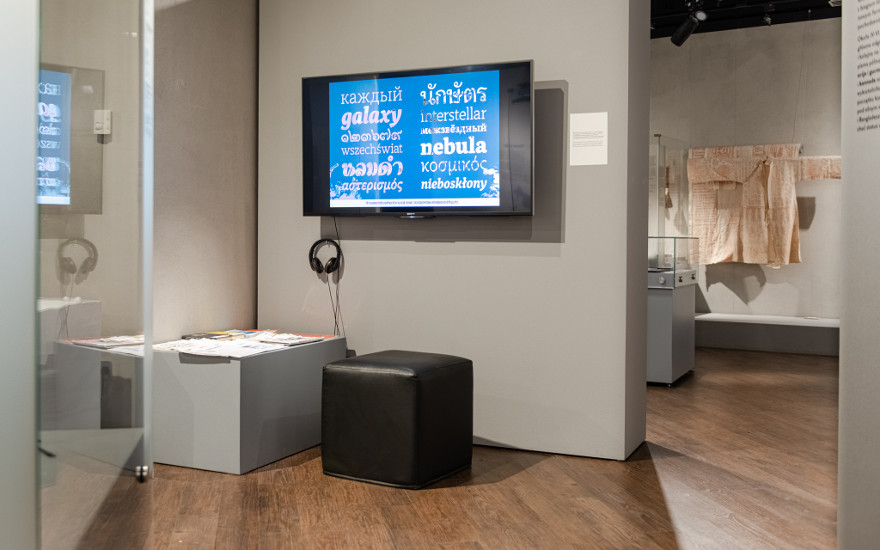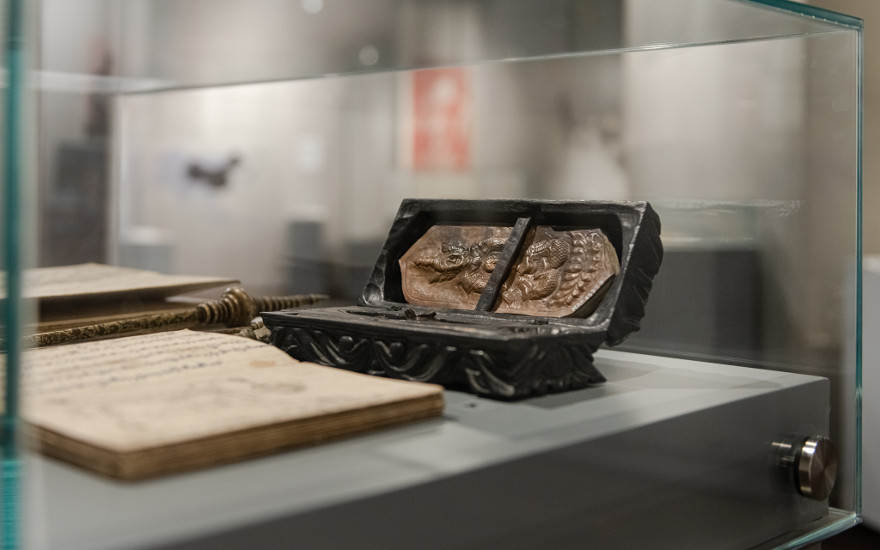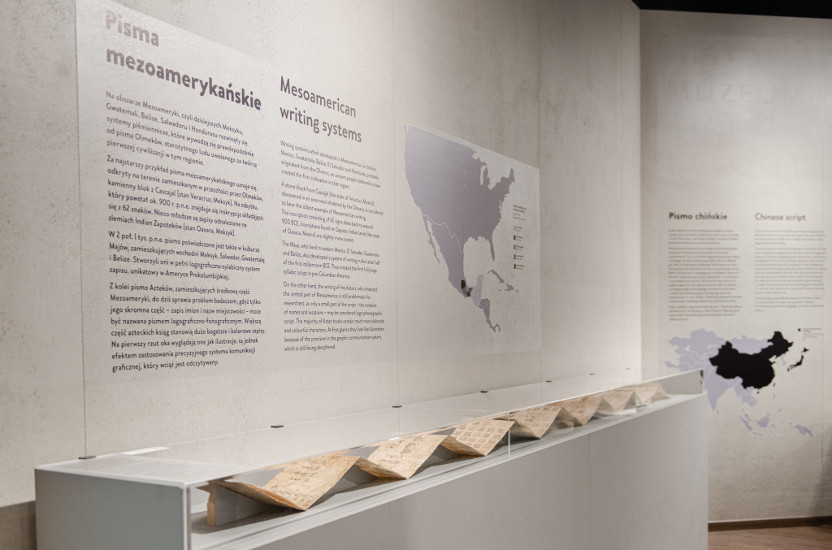Nonephemeral words. Writing in the world cultures
Nonephemeral words. Writing in the world cultures (4 October 2019 – 16 February 2020)
Curator: Dominika Kossowska-Janik
The main aim of the exhibition and the accompanying publication was to draw attention to the diversity of writing systems, their evolution and influences on one another through cultural diffusion and the general flow of thoughts and ideas in human cultures. Due to the nature of the subject, we did not limit ourselves to Asian scripts only. The exhibition displayed almost all currently existing systems and the most important ancient scripts. It awakened an interest in writing systems in many people, attracting academics and enthusiasts alike and becoming a centre for meetings and discussions.
Among the exhibits were numerous Asian manuscripts and xylographs from the Asia and Pacific Museum, as well as objects borrowed from the National Museum in Warsaw, Warsaw University, the Museum of Papermaking in Duszniki-Zdrój and other institutions and private individuals. The exhibits were extraordinarily diverse – from an original brick with a cuneiform inscription (3rd millennium BCE), the only known fragment of the Egyptian Book of the Dead written for a woman (2nd millennium BCE), an Aramaic tin scroll with a magic inscription (4th-6th century CE) to a Tatar prayer book with fragments in Polish written in the Arabic alphabet (19th century), manuscripts on palm leaves from South and South-East Asia, and even an example of a Tibetan musical notation. All in all, 150 unique exhibits from different parts of the world were presented. Only a few were copies, while the vast majority were original artefacts of high historical and anthropological value.
Due to such a selection of artefacts, visitors could become acquainted not only with the history of particular writing systems, but also with the writing traditions of various regions and the diverse roles of writing. This is because writing is not just a tool for notating spoken words. It is sometimes believed that a written word encapsulates magical power. Many cultures also appreciate the aesthetic value of writing and calligraphy is believed to be equal to other fine arts.
The exhibition was accompanied by multiple events: the display of calligraphic work of world-renowned artist Brody Neuenschwander and a performance conducted by him entitled “Silent Writing,” international symposium “Future Graphic Language,” lectures by Oriental studies experts, archeologists, calligraphers and typographers, artistic workshops for families, artistic workshops for adults, as well as curatorial tours for organised groups and groups of individual visitors.
The exhibition was organised in cooperation with Warsaw University and the Polish-Japanese Academy of Information Technology, which contributed interactive elements and co-organised some accompanying events.
